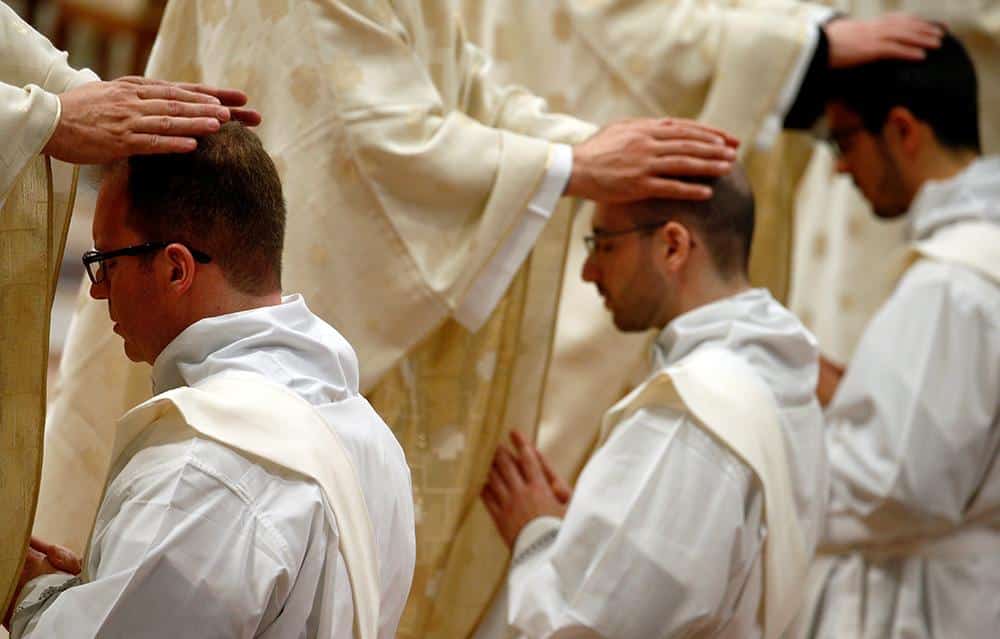In the wake of the attention rightly focused on the clergy sex abuse crisis, it can feel, at times, like the Church is taking it from all sides. If recent events are any indication — a police raid on the Diocese of Dallas seeking documents related to allegations of sexual abuse, and increasing calls to make the keeping of the seal of confession a crime — Catholics can expect to feel similarly into the near future.
While this editorial board has called for Catholic laity not to be discouraged by the amount of ink spilled (and pixels transferred in digital news-consumption) concerning coverage of the sex abuse issue, the laity’s own hurt and frustration can lead them to turn inward and not see the good the Church continues to offer.
In addition, many good priests have faced the feeling of being besieged by anger and disappointment displayed by the populace — both Catholic and non-Catholic. Having someone openly disdain your profession makes it difficult to keep the faith and to maintain focus on the good that you are doing as one of the most visible witnesses of Christ’s message. In addition, the demographic for the profession of priests has been shrinking since the 1960s, calling into question the future of the priesthood.
One sign of hope is the seminarians — young men who have thrown off some of the shackles of contemporary society and embraced Christ’s call to be something more.
The demographic of the typical seminarian has changed dramatically since the early 1960s and before. Back then young men interested in the priesthood moved straight from high school (or younger) to seminary and were ordained around age 26. Today, according to the Center for Applied Research in the Apostolate at Georgetown University, the average man ordained is 33, has attended college and had a full-time job before entering seminary.
And while all around us are those taking advantage of what may be perceived as a chance to weaken the Church, why are today’s seminarians sticking it out and looking forward to ordination?
In a recent article, Our Sunday Visitor presents insight from several of these men who are presently in the transitional deacon stage. Their answer seems to be that the Church, now as much (or more) than ever, needs priests who are dedicated to serving Christ.
Deacon Brendan Rowley, 34, to be ordained this year for the Diocese of Providence, Rhode Island, more fully explains: “The Church needs more holy priests, priests who are dedicated to serving the Lord and laying their life down for others. We’re in a tough spot right now, but it only makes it more necessary for us to do what needs to be done.”
What comes through clearly from this group of soon-to-be priests is a passion and fortitude that reminds us that Jesus Christ is the way. Their comments show that they are focused on wiping “the face of the suffering Jesus,” preparing “to embrace the hard life” and helping “people who have been hurt.” No timidness here.
While recently ordained priests do inject a sense of new life into the Church, we would be remiss to ignore the steadfast, faithful contributions of priests who have been working in the vineyard tirelessly for years or even decades. They continue to carry on Christ’s mission and serve as excellent models to the seminarians about to join them in priestly ministry.
As ordination season approaches, Catholics should remind themselves what these men are telling us through their life choices: Because Christ founded the Church, the Church is still the best way forward in preaching the kingdom and helping the faithful gain what God wants for all of us — to join him in eternal life.
And that should give us hope.
OSV Editorial Board: Gretchen R. Crowe, Scott P. Richert, York Young





